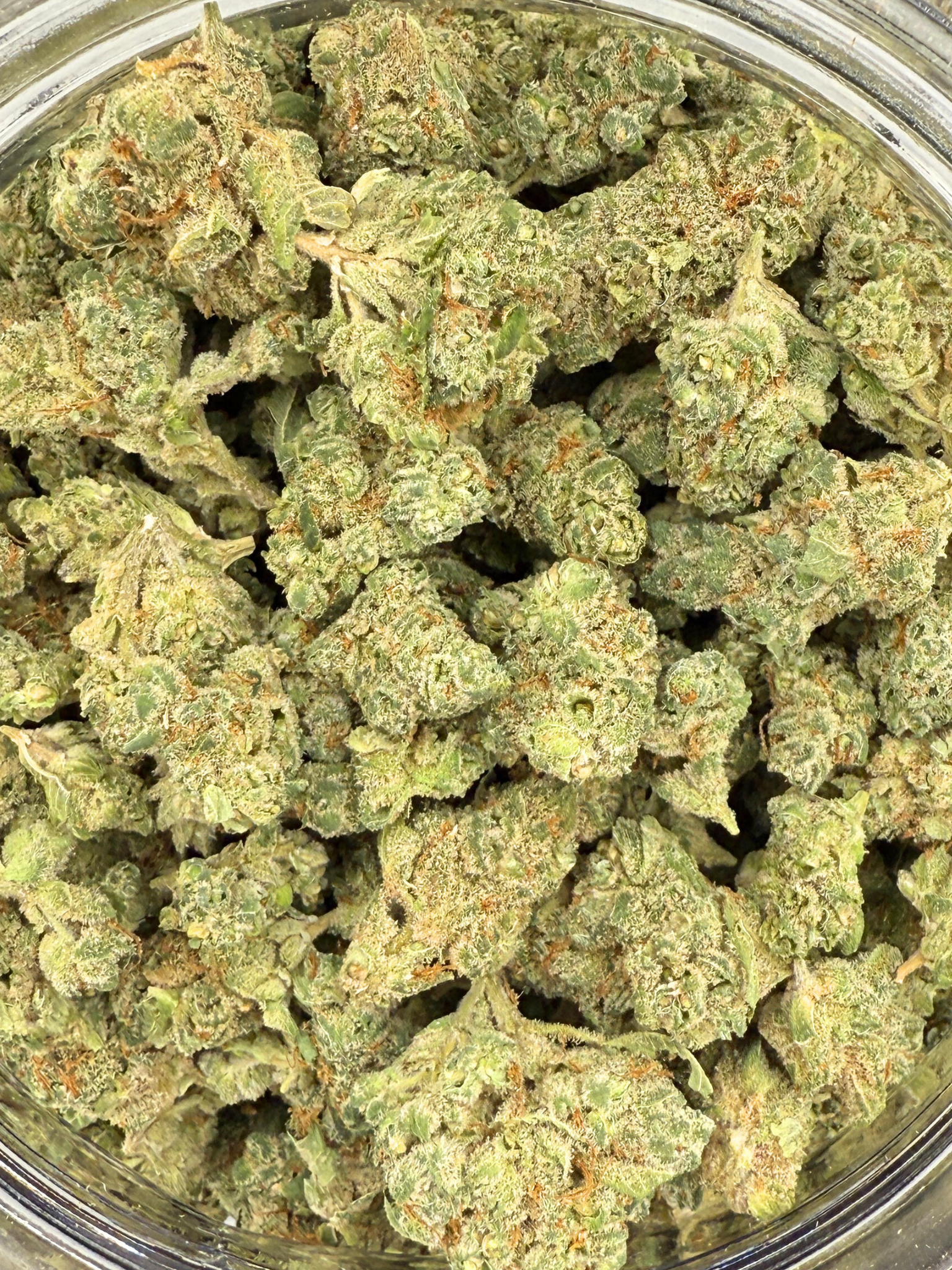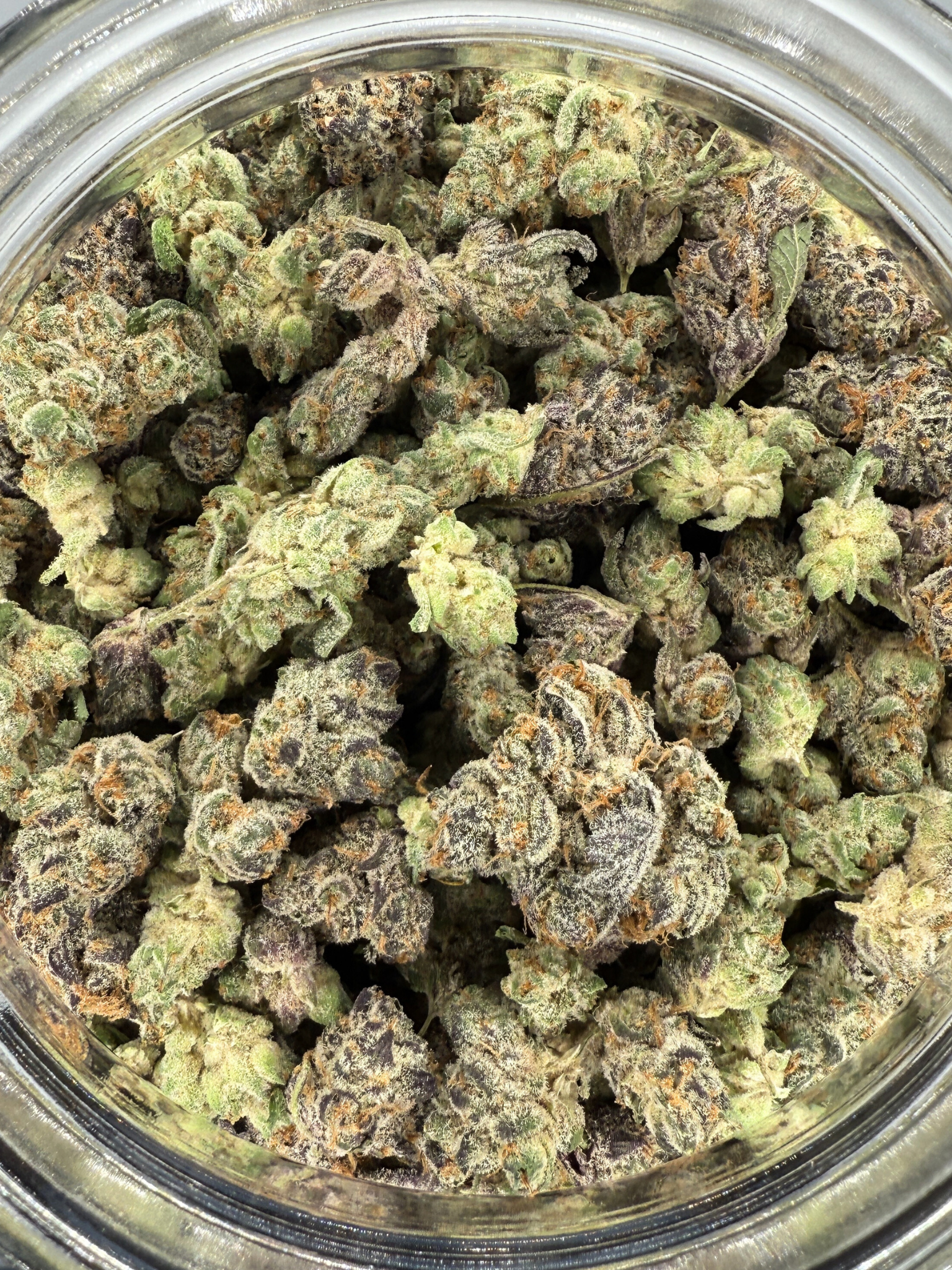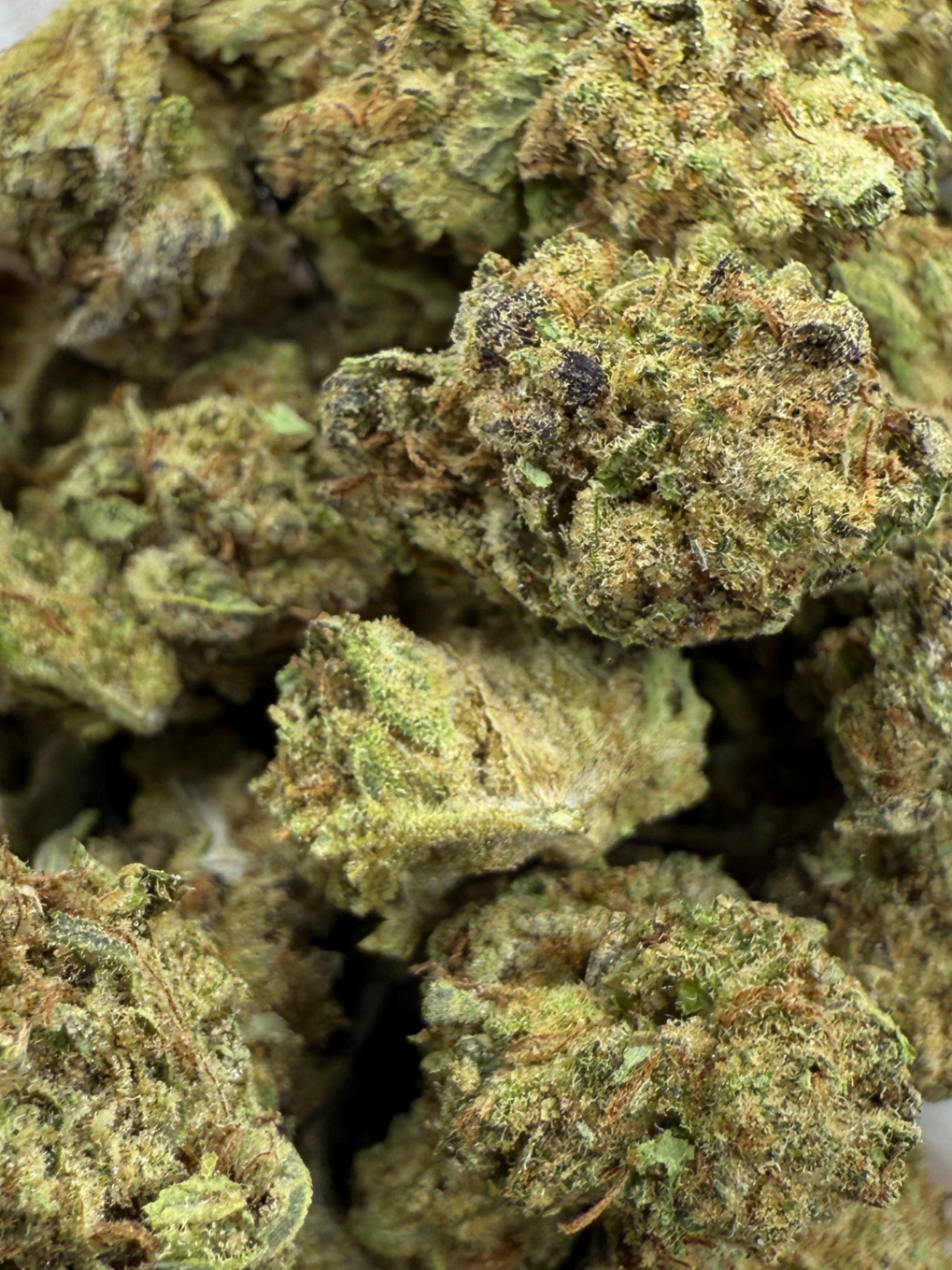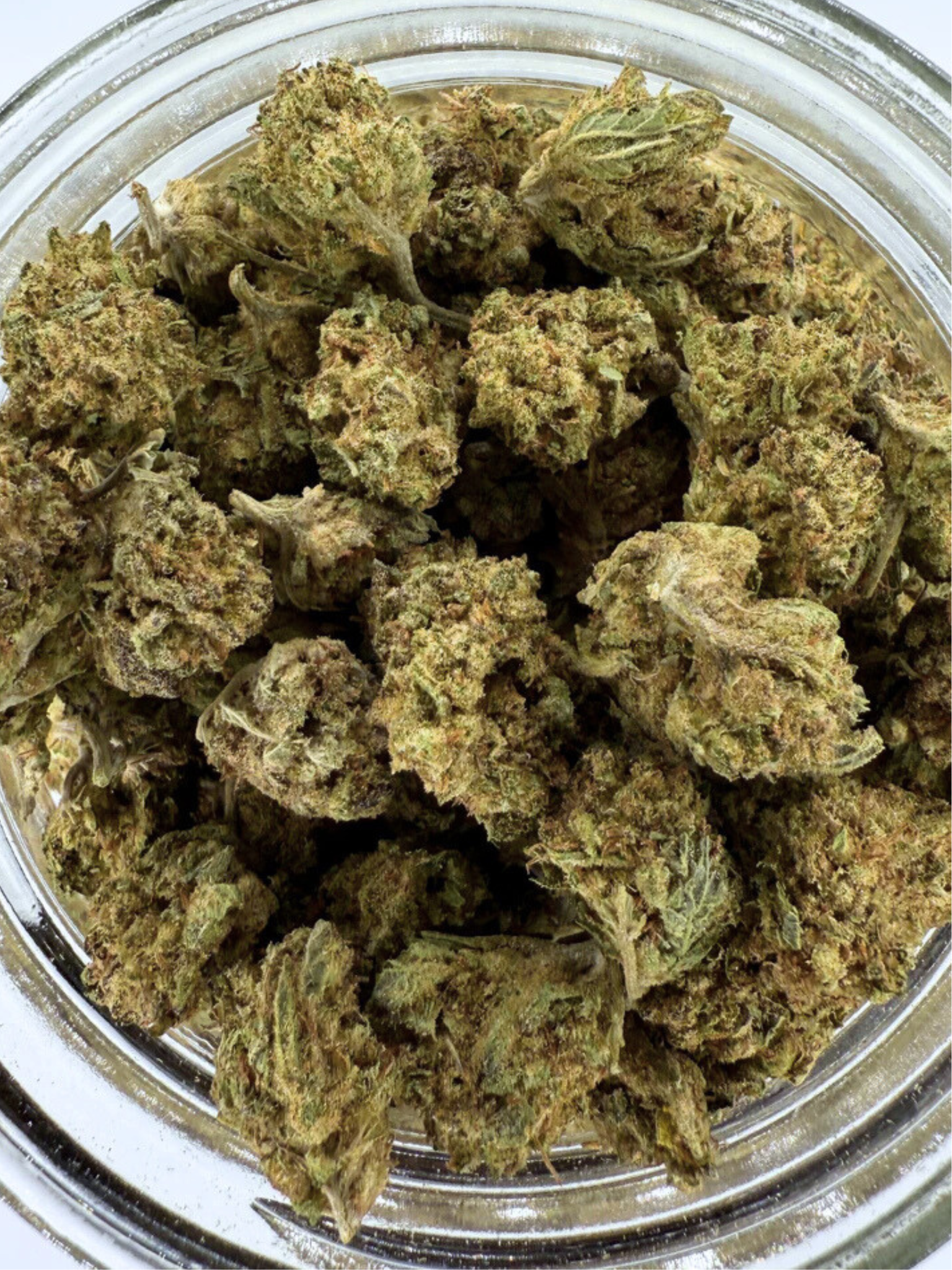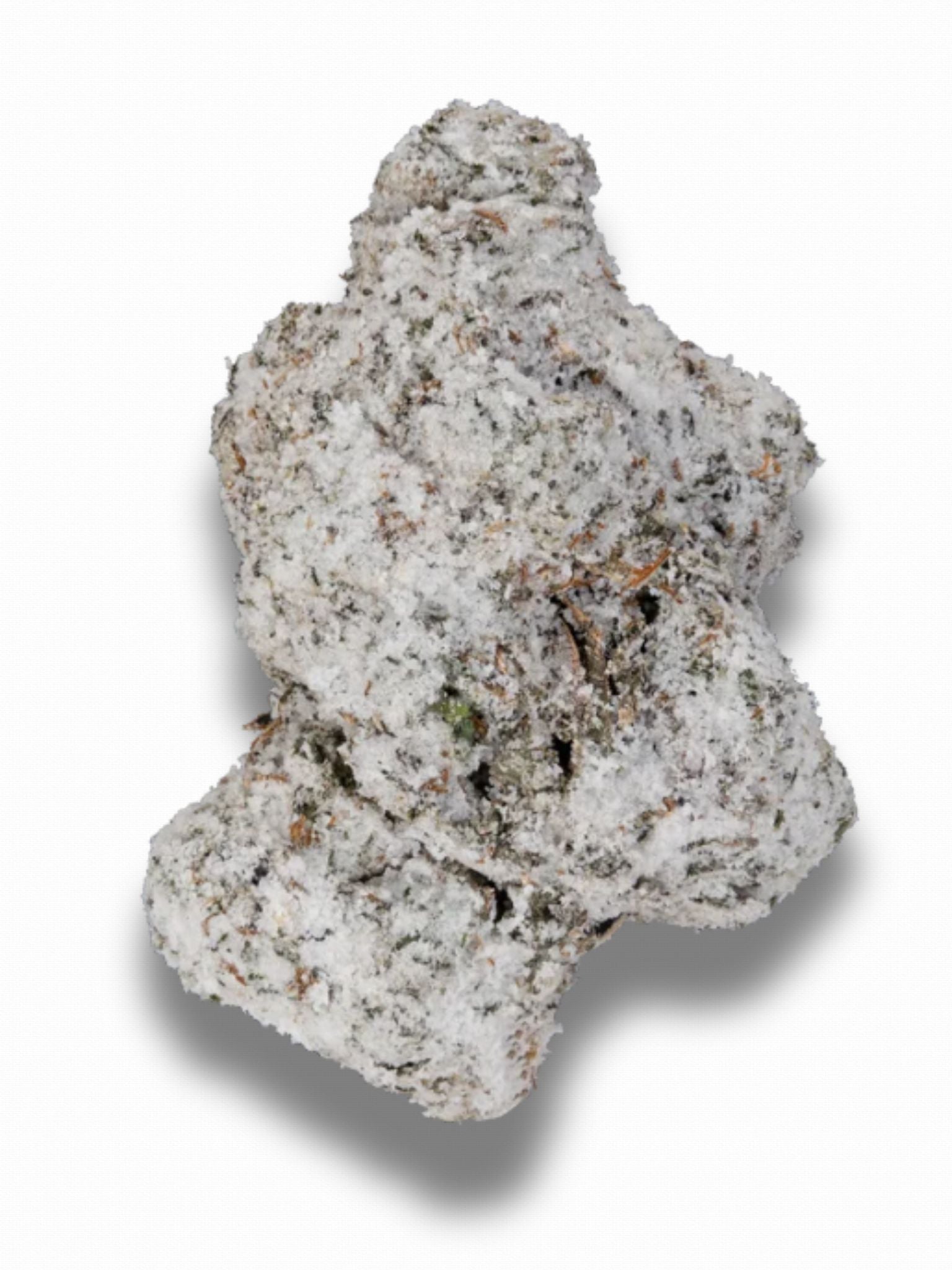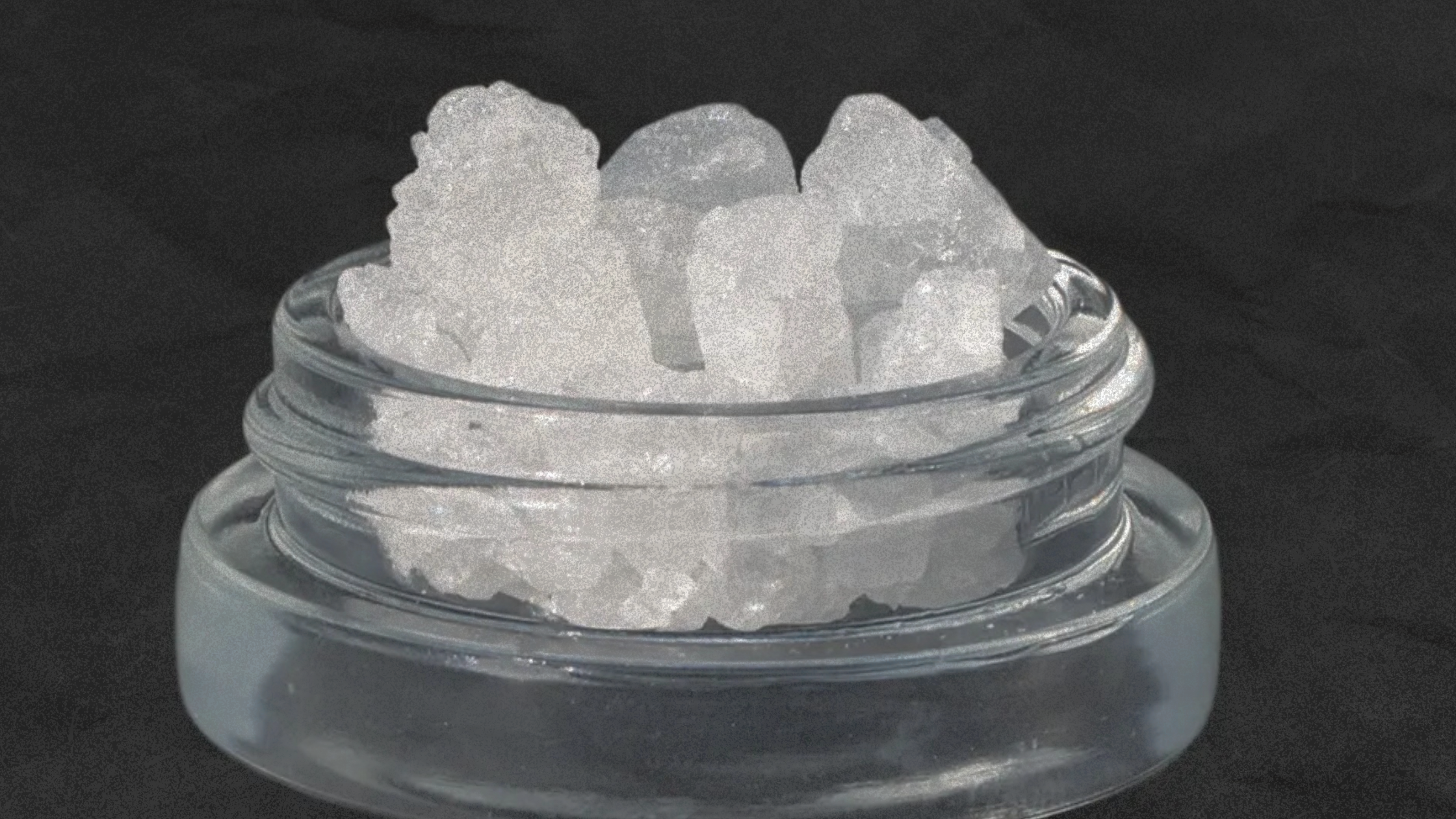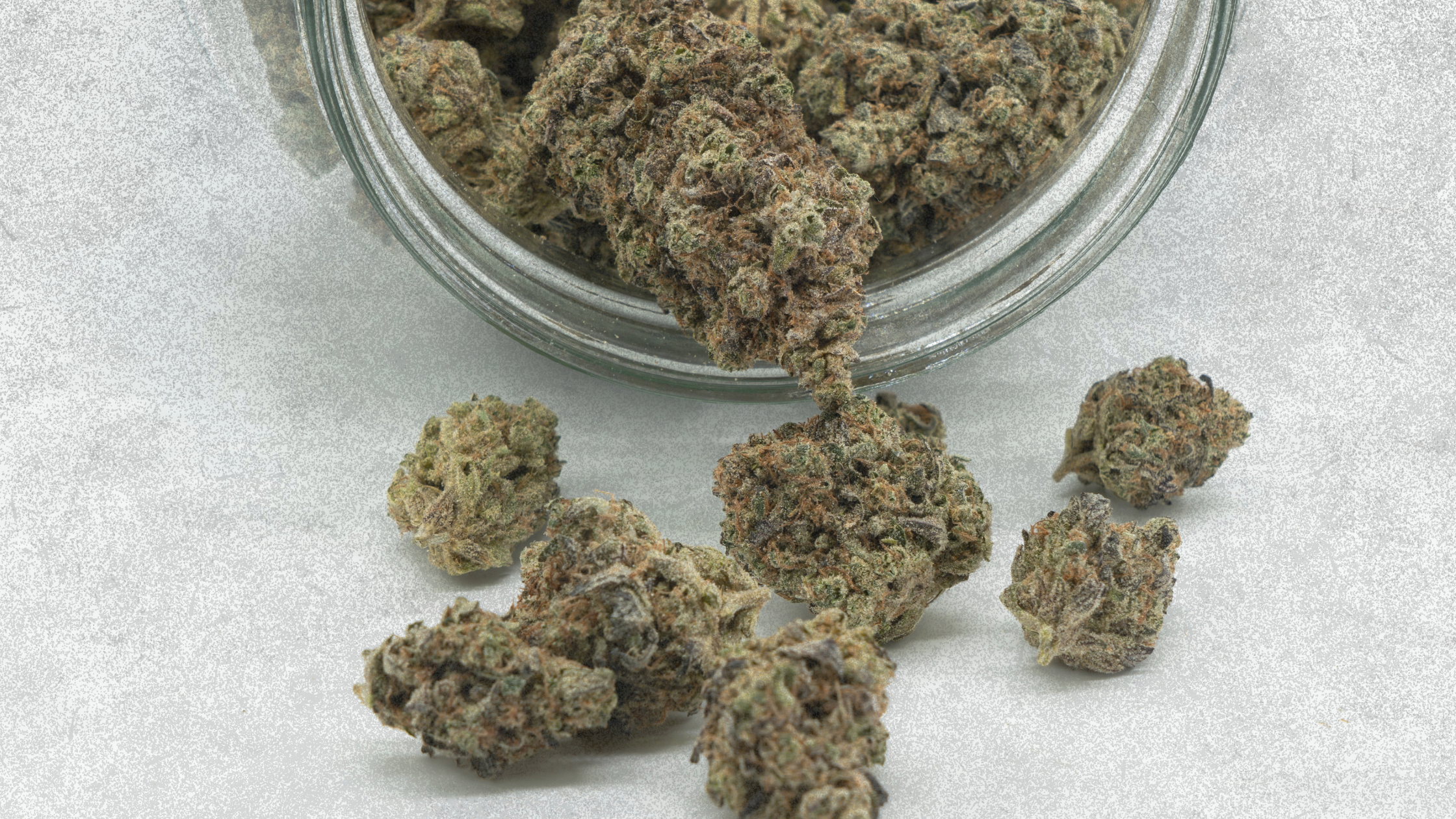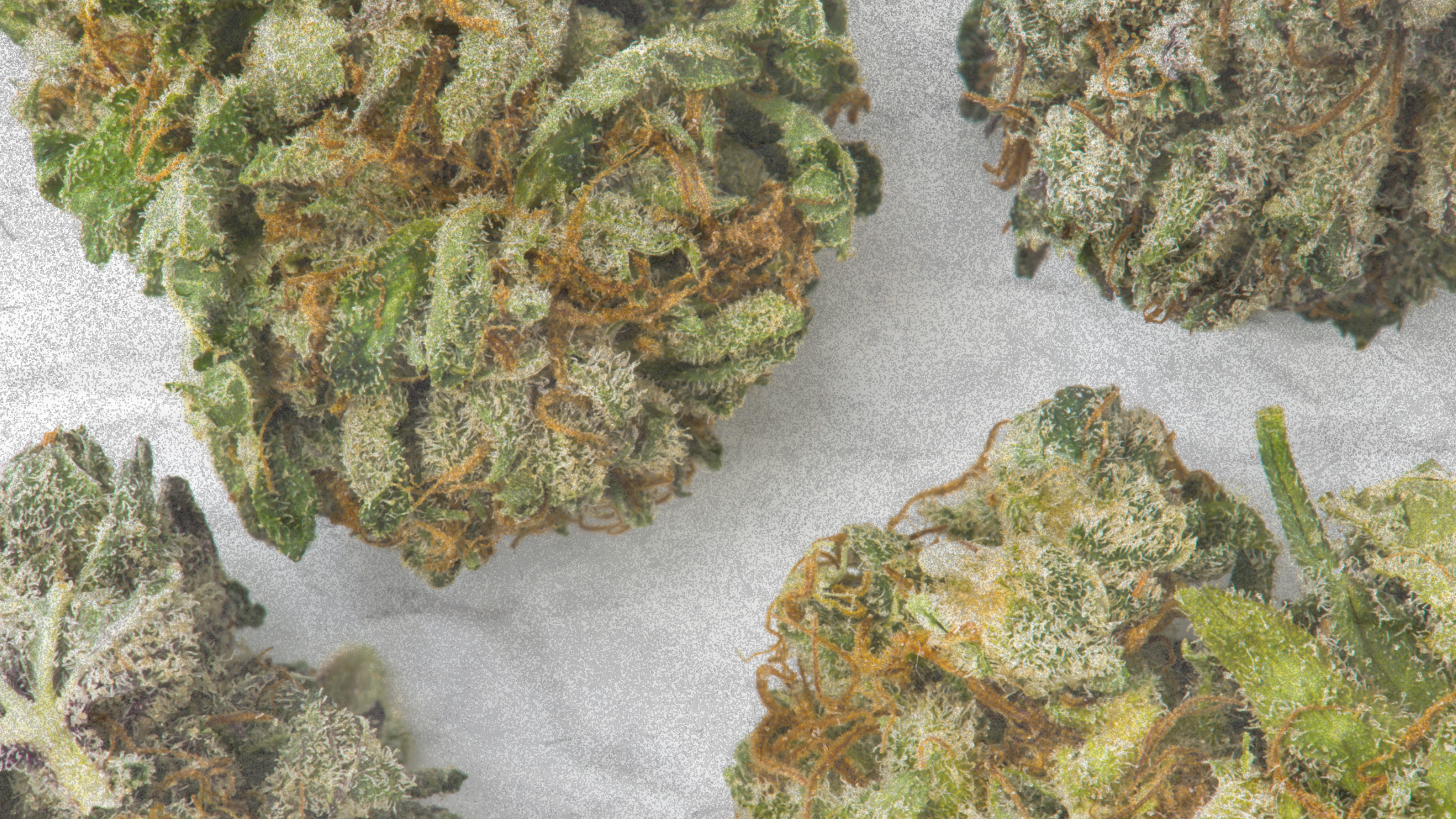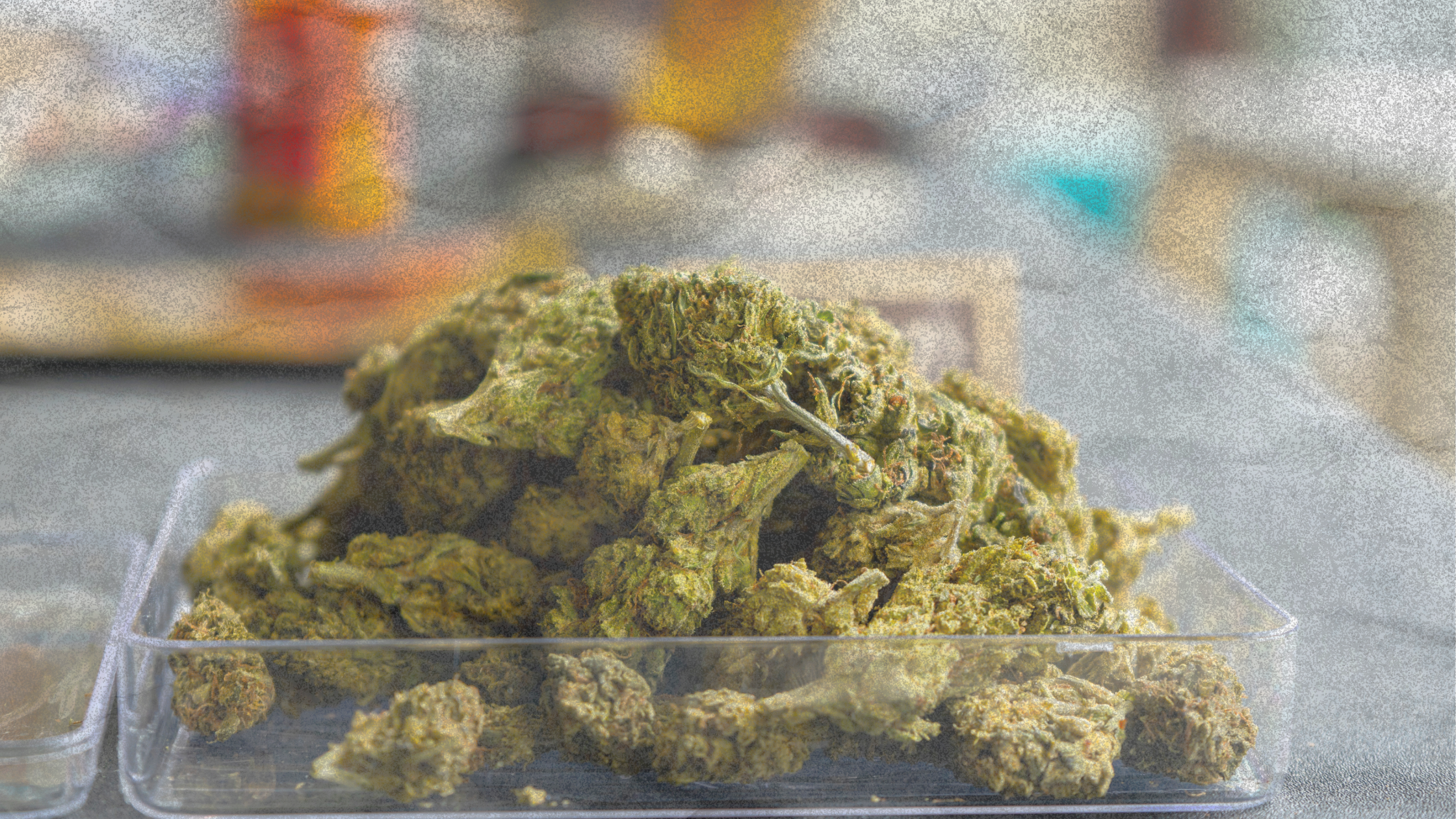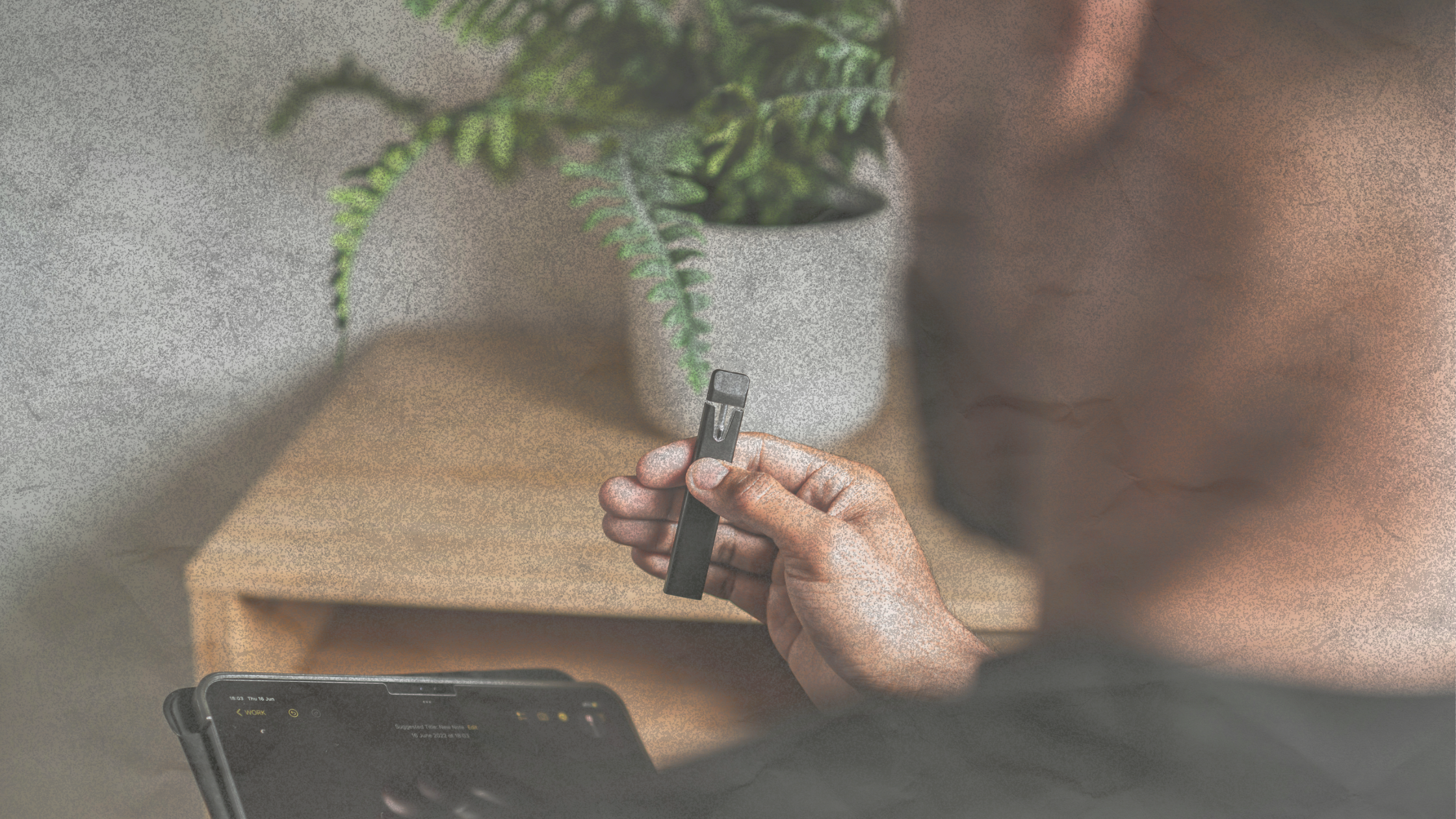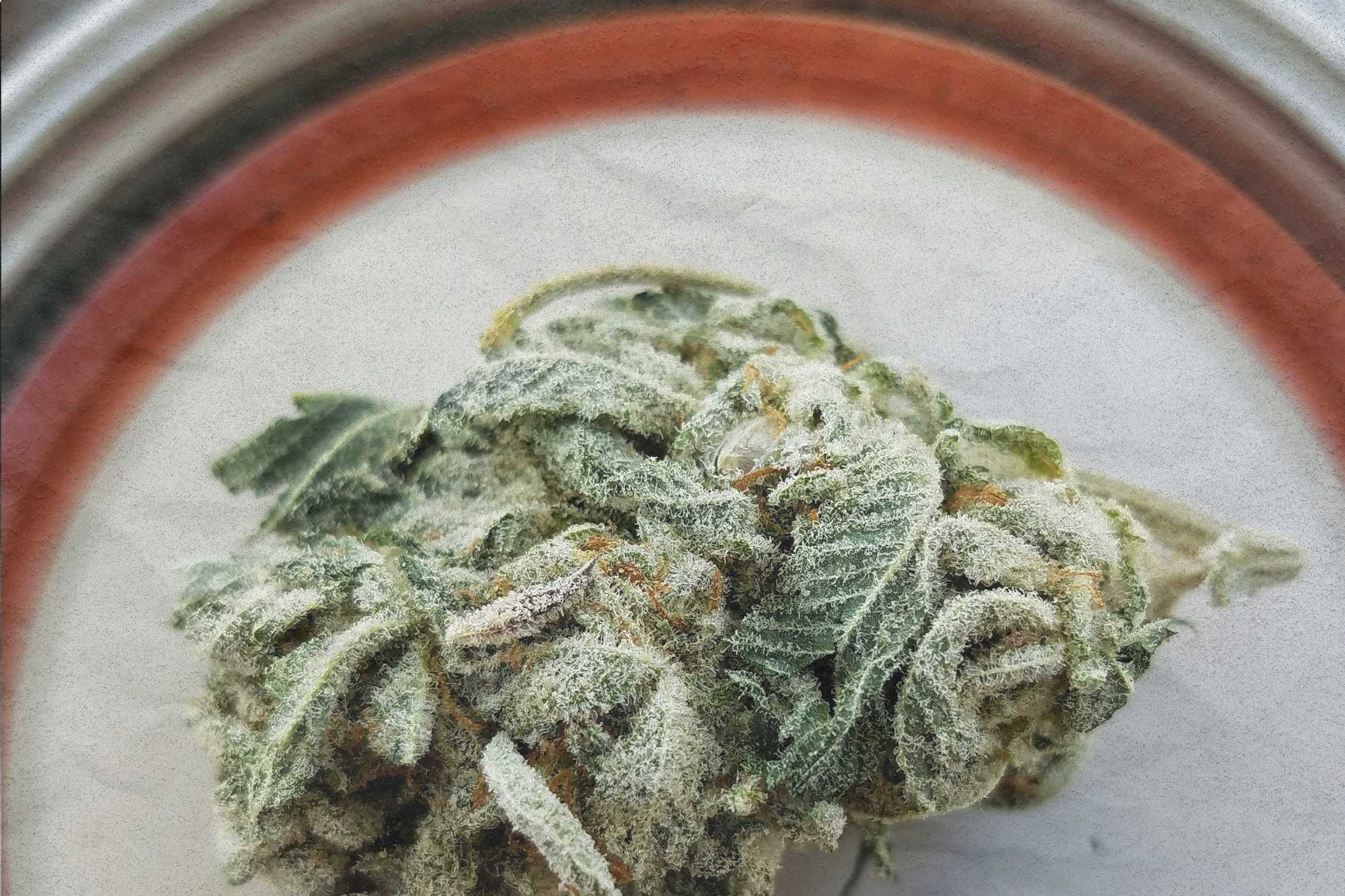
Why THCa Percentage in Flower is Less Important Than Cannabinoids and Terpenes
Cannabis consumers often chase high THCa percentages, believing they guarantee better quality flower. This misconception has become systemic among users who fixate on THCa numbers without considering the complex chemistry behind cannabis's effects. Scientific research reveals that THCa content doesn't correlate directly with overall effectiveness as most people assume.
Cannabis reaches its full potential through a symphony of compounds that work together. The interaction between cannabinoids (CBD, CBG, and CBN) and terpenes (limonene and myrcene) creates the entourage effect, which produces unique results. A deeper grasp of this natural synergy helps users make smarter cannabis choices and achieve more reliable outcomes.
The Entourage Effect: Why THCa and Other Compounds Matter
Cannabis compounds share a complex relationship that reveals the sort of thing I love about scientific phenomena beyond basic THCa percentages. Scientists discovered 24 years ago that these compounds collaborate in an intricate biological dance called the entourage effect, which emerged as a groundbreaking way to regulate endocannabinoids 1.
Defining the entourage effect
The entourage effect suggests that cannabis compounds work together to produce unique and powerful benefits 2. This scientific principle explains that botanical samples work better as a whole unit than individual isolated compounds 3. Recent studies have shown important evidence of compound interaction, though some researchers question its validity.
How THCa, cannabinoids and terpenes work together
THCa stands as the most abundant phytocannabinoid in cannabis resin glands and plays a significant role in the plant's overall effect profile 4. THCa differs from THC because its molecular structure doesn't align with CB1 cannabinoid receptors, which means it won't create psychoactive effects 5. Research reveals that THCa has significant therapeutic potential, which includes:
- Pain-relieving properties
- Sleep aid capabilities
- Anti-nausea effects
- Neuroprotective qualities 5
Research on synergistic effects
Recent scientific studies have uncovered compelling evidence about compound interactions. Tests reveal that terpenes activate CB1 receptors at about 10-50% of THC's activation level when tested alone 6. The combination of certain terpenes with THC substantially increases CB1 receptor activity compared to THC by itself 6.
This mutually beneficial relationship becomes more fascinating with terpene-to-THC ratios that match those found naturally in the cannabis plant 6. Studies show these interactions create effects that exceed what individual components can achieve separately 3. Scientists call this botanical synergy, where a dominant molecule gets support from other plant derivatives to reach its full pharmacological effect 7.
The research points out that the most effective terpenes aren't always the most abundant ones in the cannabis plant 6. This discovery challenges the popular belief that "whole plant" or "full spectrum" compositions always work better. The evidence suggests that we can improve therapeutic effects by adding specific terpenes to extracts 6.
Cannabis-derived compounds have multi-targeting capabilities that create complex combinatory effects. Scientists continue to study these interactions 8. The current evidence emphasizes the importance of examining cannabis products' complete chemical profile rather than just focusing on THCa percentages.
Key Cannabinoids Beyond THCa and Their Effects
Cannabis contains more than 120 cannabinoids alongside THCa, which plays a central role in the plant 9. The presence of these diverse compounds explains why THCa levels alone cannot determine the quality of cannabis.
CBD, CBG, CBN and other most important cannabinoids
Cannabis produces several most important minor cannabinoids that have unique properties. Cannabigerol (CBG), known as the "mother of cannabinoids," acts as the precursor that helps blend other cannabinoids 10. CBG's properties differ from THCa because it doesn't cause intoxication but shows promise to treat various conditions 11.
Cannabinol (CBN), dubbed the "sleepy cannabinoid," emerges when THC breaks down and attracts attention because of its sedative effects 11. Cannabichromene (CBC) ranks as the third most prominent cannabinoid and doesn't create euphoric effects but connects with specific receptors that influence pain perception 11.
| Cannabinoid | Key Characteristics | Notable Properties |
|---|---|---|
| CBG | Non-intoxicating | Precursor compound |
| CBN | Mildly sedating | Formed through degradation |
| CBC | Non-euphoric | Pain receptor interaction |
What minor cannabinoids can do for therapy
Studies show that minor cannabinoids work with multiple targets in our body. These include CB1 and CB2 receptors, transient receptor potential channels, and other cellular pathways 9. Their interactions lead to several health benefits:
- CBG helps with neurological conditions and reduces inflammation 10
- CBN helps people sleep better and manages their pain effectively 12
- CBC supports immune function and acts as a powerful anti-inflammatory agent 10
How cannabinoid ratios affect effects
Cannabinoid relationships are more complex than simple percentages suggest. Studies show that different THC:CBD ratios create varying effects 13. CBD can boost THC effects at ratios ≥1:1, while protecting against them at ratios ≤1:6 13.
Research shows that a 1:1 ratio of CBD to THC delivers the most important benefits without intense psychoactive effects 14. This balanced ratio leverages the entourage effect, where compounds work better together than isolated components 14.
Different ratios are a great way to get varied benefits for specific needs. Higher CBD ratios (20:1 or 2:1) can provide benefits with less psychoactivity, making them ideal for daytime use 14. Knowledge of these ratios helps users customize their cannabis experience to match their desired outcomes 14.
Terpenes: The Aromatic Compounds That Shape the Experience
The sort of thing I love about cannabis is how terpenes act as nature's aromatic architects, with research showing over 150 different varieties in the plant 15. These remarkable compounds not only create distinctive scents but also enhance cannabis's therapeutic potential through complex biological interactions.
Common cannabis terpenes and their effects
Cannabis plants produce several notable terpenes that shape their unique effects. Scientists have discovered that terpenes develop in the trichomes - the same translucent glands that create THCa and other cannabinoids 15. These most important terpenes include:
| Terpene | Aroma Profile | Primary Effects |
|---|---|---|
| Myrcene | Earthy, Musky | Sedative, Pain-relief 16 |
| Limonene | Citrus | Mood-elevation, Stress-relief 16 |
| Pinene | Pine, Forest | Memory enhancement, Anti-inflammatory 16 |
| Beta-caryophyllene | Spicy, Peppery | Anti-inflammatory, Anxiety-relief 16 |
| Linalool | Floral, Lavender | Relaxation, Anxiety-reduction 16 |
How terpenes modulate THCa's effects
Recent scientific research shows that terpenes substantially influence THCa and other cannabinoids' interaction with body systems. Multiple studies demonstrate that specific terpenes—including borneol, geraniol, and limonene—magnify cannabinoid activity at the CB1 receptor, even at low concentrations 17. This boost happens at terpene-to-THCa ratios that naturally exist in the cannabis plant 6.
The modulation mechanism operates through multiple pathways:
- Direct receptor activation at 10-50% of THCa's effectiveness 6
- Enhanced cannabinoid receptor binding
- Independent therapeutic effects that complement THCa 18
Terpene profiles of popular strains
Cannabis strains feature their own unique terpene fingerprints that shape their effects and therapeutic potential. Myrcene-rich strains typically create sedative effects, while limonene-dominant varieties offer more uplifting experiences 19.
Studies reveal that terpene profiles substantially affect therapeutic outcomes. A newer study found that cannabis flowers with higher myrcene and terpinolene levels helped patients notice better symptom relief 17. These findings highlight why users should think about terpene content and THCa percentages when choosing cannabis products.
Terpenes and cannabinoids work together through the "entourage effect" - a phenomenon where compounds create better benefits together than they do alone 15. Research shows that full-spectrum cannabis extracts with both cannabinoids and terpenes work four times better than isolated compounds. This allows patients to use much lower doses effectively 15.
Choosing Cannabis Based on Full Chemical Profile
Quality cannabis selection depends on understanding the complete chemical composition rather than just THCa percentages. Lab tests show that products with similar THCa levels can create very different effects because of their unique compound combinations 20.
Looking beyond THC percentage
Scientific research reveals that THCa percentage alone doesn't tell the complete story about cannabis potency. Products with moderate THCa levels combined with rich terpene profiles deliver more satisfying effects than their high-THCa counterparts that lack terpene diversity 20. This enhanced experience stems from cannabis compounds' collaborative effort, which scientists have dubbed the "entourage effect."
Reading and interpreting lab test results
Certificate of Analysis (COA) documentation provides significant information about cannabis products' safety and potency. A detailed COA has:
| Test Component | What It Measures | Why It Matters |
|---|---|---|
| Cannabinoid Profile | THCa, CBD, CBG levels | Potency and effect profile |
| Terpene Analysis | Individual terpene percentages | Flavor and effect modulation |
| Contaminant Screening | Pesticides, heavy metals, microbes | Product safety verification |
| Residual Solvents | Processing chemical remnants | Quality control validation |
Consumers should analyze these key aspects in COAs:
- Complete cannabinoid profiles showing all detected compounds
- Terpene concentrations and diversity
- Testing dates and batch numbers for verification
- Third-party laboratory credentials
Selecting strains based on desired effects
The selection process should match your intended outcomes. Research shows that specific terpene-cannabinoid combinations relate to different effects 21. Products with high myrcene content (>0.5%) typically create relaxing effects. Those rich in limonene tend to deliver uplifting experiences 21.
Effect-Based Selection Criteria:
- Your main goal (relaxation, focus, creativity)
- Best time to use (morning, evening)
- Your tolerance level and experience
- Terpene priorities
- Required cannabinoid ratios
The importance of personal experimentation
Individual responses to cannabis vary substantially because everyone has a unique endocannabinoid system. Research shows that people who keep a detailed consumption journal can identify products that work best for them 22. The core elements you should track include:
- Product chemical profile (from COA)
- Consumption method and amount
- Usage timing and effect duration
- Overall experience and notable effects
- Unwanted effects or reactions
This methodical testing helps consumers understand how different chemical profiles affect them. Research shows that people who keep detailed records end up more satisfied with their cannabis experiences 22.
Cannabis product selection should account for all compounds present. THCa content measures potency, but cannabinoids and terpenes work together to create the complete experience. Lab tests show that products with similar THCa levels produce different effects based on their terpene profiles and minor cannabinoid content 21.
Modern cannabis science highlights educated selection based on detailed chemical analysis. Consumers who understand lab results and track their personal experiences make better choices about products that suit their needs. This strategy results in more consistent and satisfying experiences with cannabis products 21.
Conclusion
THCa percentages reveal only part of the cannabis quality story, as shown by scientific evidence. Research shows cannabinoids and terpenes create more important benefits through the entourage effect than isolated compounds alone. The overall cannabis experience depends on the complex interaction between THCa, minor cannabinoids, and terpenes that determines both potency and therapeutic potential.
Smart cannabis consumers value detailed chemical profiles to select products. Laboratory testing provides key data about cannabinoid ratios, terpene concentrations, and product safety. Consumers can review our COA's for information on all the cannabinoids in our products to make educated decisions. Personal experimentation and careful tracking help identify the best products that lead to consistent and satisfying experiences matching individual needs and priorities.
FAQs
-
What constitutes a high terpene content in cannabis flowers?
- A terpene content above 2% is generally considered high for cannabis flowers. However, certain strains and products may exhibit significantly higher percentages, with some reports indicating levels as high as 5%, 10%, or even 20%.
-
Are terpenes as crucial as THC in cannabis?
- Yes, terpenes are just as crucial as THC in shaping the consumer's experience with cannabis products. Both components play significant roles in the overall effect and quality of the product.
-
What is considered a high THC percentage in cannabis flowers?
- Cannabis strains that are considered highly potent typically have a THC content exceeding 20%, along with a minimal presence of CBD. This is often used as a benchmark for high potency.
-
Does a higher THC content in cannabis guarantee a more intense high?
- Not necessarily. A 2020 study revealed that the effects experienced from smoking cannabis with a THC content of 24% were similar to those from cannabis with 16% THC, suggesting that higher THC levels do not always correlate with a more intense high.
References
[1] - https://en.wikipedia.org/wiki/Entourage_effect
[2] - https://mtrevenue.gov/cannabis/education/marijuana-and-the-entourage-effect/
[3] - https://pmc.ncbi.nlm.nih.gov/articles/PMC9775512/
[4] - https://www.cannabissciencetech.com/view/the-case-for-thca-and-other-minor-cannabinoids
[5] - https://restoredispensaries.com/2020/08/thca-and-thc-whats-the-difference/
[6] - https://www.sciencedirect.com/science/article/pii/S0006295223001399
[7] - https://pmc.ncbi.nlm.nih.gov/articles/PMC7324885/
[8] - https://www.ncbi.nlm.nih.gov/pmc/articles/PMC10452568/
[9] - https://www.ncbi.nlm.nih.gov/pmc/articles/PMC8669157/
[10] - https://www.periodicedibles.com/blog/minor-cannabinoids
[11] - https://leafwell.com/blog/minor-cannabinoids
[12] - https://arapc.com/wp-content/uploads/2023/10/Minor-Cannabinoid_Final.pdf
[13] - https://www.ncbi.nlm.nih.gov/pmc/articles/PMC9207456/
[14] - https://cannadrx.com/cbd-and-thc-ratios-explained/
[15] - https://www.leafly.com/news/cannabis-101/terpenes-the-flavors-of-cannabis-aromatherapy
[16] - https://fullharvestmoonz.com/education/the-power-of-terpenes-exploring-aromatherapy-cannabis/
[17] - https://norml.org/news/2023/04/27/study-terpenes-in-cannabis-modulate-the-interaction-between-thc-and-its-endogenous-receptor/
[18] - https://www.nature.com/articles/s41598-021-87740-8
[19] - https://www.quora.com/Which-cannabis-strains-yield-the-most-varied-terpene-profiles
[20] - https://www.quora.com/When-choosing-a-strain-do-you-look-for-THC-or-Terpene-profile-Why
[21] - https://budsgoods.com/how-to-read-cannabis-lab-test-coa/
[22] - https://bluegrasshempoil.com/how-to-choose-the-best-full-spectrum-cbd-oil/?srsltid=AfmBOopSZyy-FwabzzzkS5cXMN2l3bubR-dCzS5U4HDCJlBnUb9FbZB2
